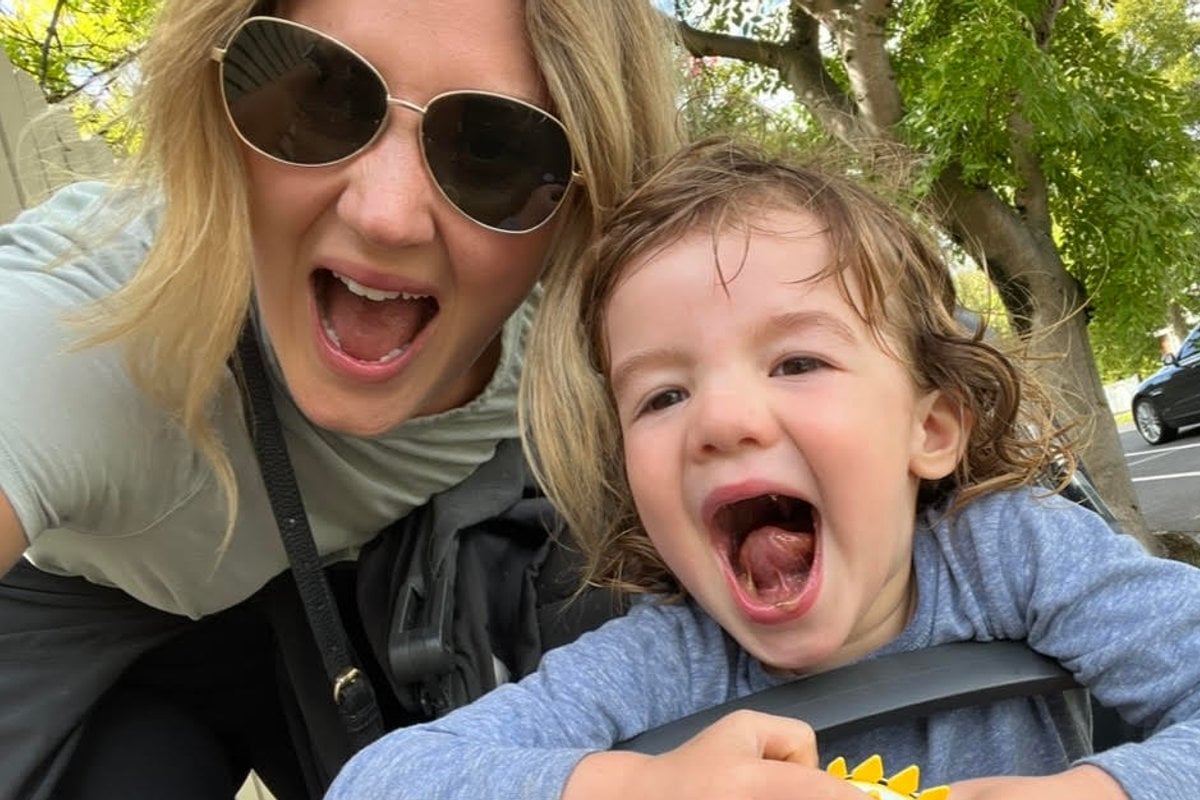

Did you know that by your child’s fifth birthday, their busy brains have sped through 90 per cent of their development?
That’s what makes those precious first few years so important, and why, as parents, we should be jumping at the chance to feed their curiosity, nurture their creativity and set up the foundations for well-rounded kids to grow into well-rounded adults.
There is Australian and international research that supports the value of play-based learning in preschool (known in several states as kindergarten). Data from Finland shows that 15-year-olds who attended play-based early education performed better overall than their peers who hadn’t attended. A groundbreaking longitudinal study out of the University of Melbourne also showed that students in third grade who attended kinder programs were 15 to 20 weeks ahead of their peers.
Watching my little one develop an aptitude for leadership and become part of a new community has been the best part of our early learning adventure. Having seen him go from sitting back and watching before joining in, to now leading the smaller children into activities, it just drives home the power of small children developing big skills in these rich learning environments.
It's undeniable that in a preschool environment, little ones can develop a strong sense of belonging in social structures essential for life well beyond childhood. Enter Free Kinder, Victoria’s funded three- and four-year-old kinder program.
Families who enrol their kids at a sessional kinder get a free program — which can mean a saving of more than $2,500 per child each year. Families who also access a kinder program at a long day care get a fee offset of up to $2,050 each year. Kinder gives children the space to learn through play, art, music and dance, and learn to express themselves in a safe, inclusive and caring educational environment.

